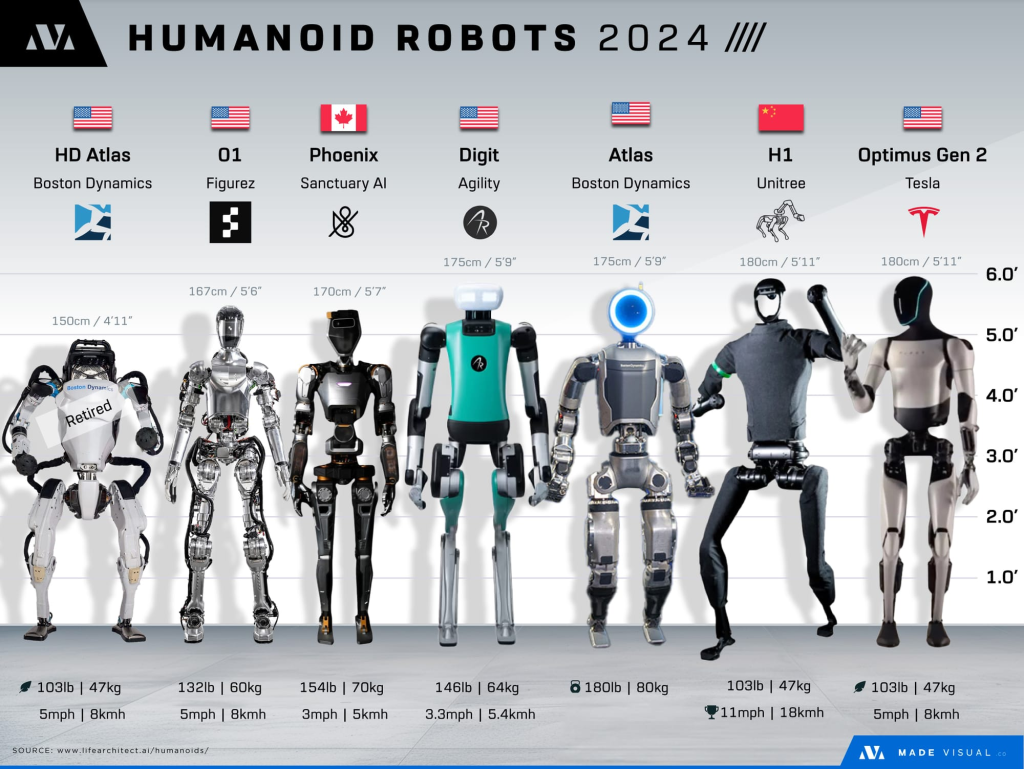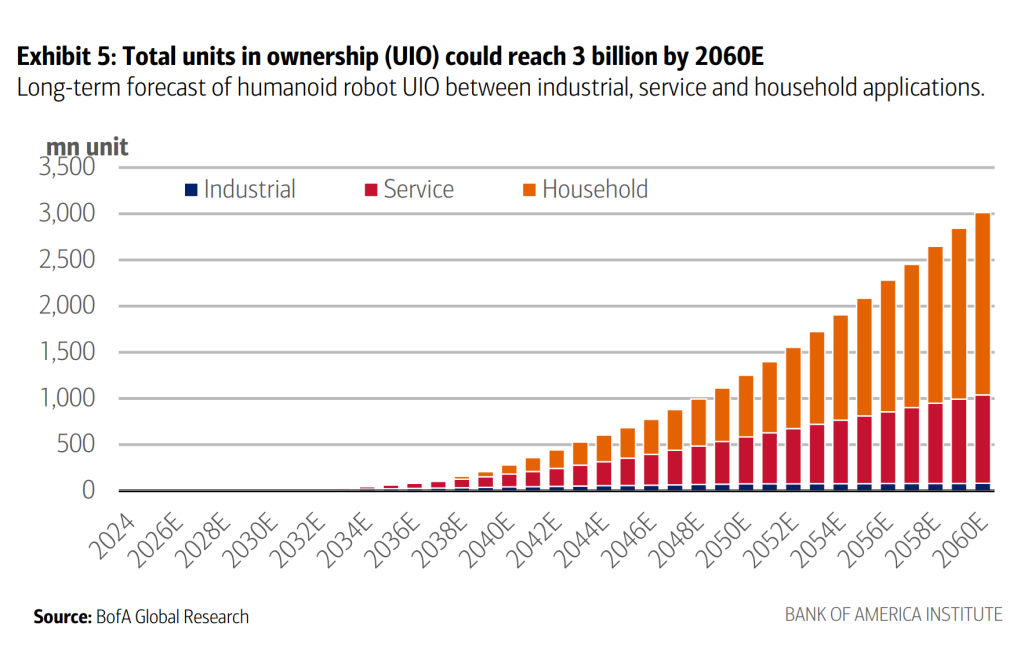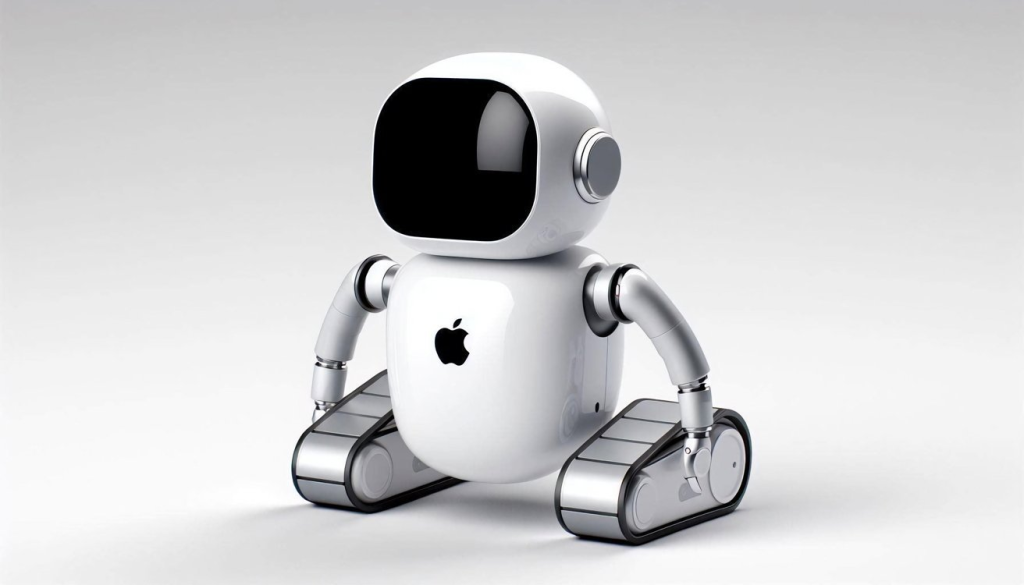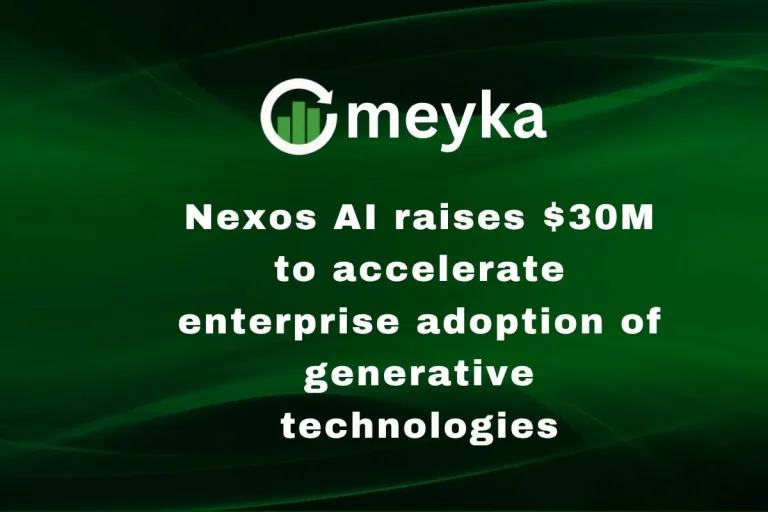Apple Humanoid Robots: $133B Annual Opportunity by 2040, Analysts Predict
In November 2025, analysts made a bold claim: Apple could unlock a $133 billion yearly opportunity in humanoid robots by 2040. That number sounds huge, but it reflects more than hype. The world is moving fast toward smart automation, and Apple’s entry could be a game-changer. Humanoid robots are no longer just sci-fi dreams. Big tech firms are investing in machines that walk, talk, and think more like us.
Apple, known for turning complex tech into simple experiences, might be the one to make robots mainstream. Imagine a robot designed with Apple’s style, privacy focus, and smooth integration with your iPhone or HomePod. That vision could reshape homes, workplaces, and daily life. But can Apple really dominate this new frontier?
Let’s explore what drives this prediction, how the company could capture this massive market, and what challenges stand in the way of this futuristic opportunity.
Background: The Humanoid Race is Waking Up
Humanoid robots are moving from labs into real markets. Investments rose sharply in 2024-2025. Firms such as Boston Dynamics, Agility Robotics, and Tesla advanced bipedal prototypes. Large banks and consultancies updated long-term forecasts. Morgan Stanley projects the broader humanoid market could hit trillions by mid-century.

Several reports now show faster adoption after the mid-2030s as costs fall and software improves. These trends frame why analysts now attach big numbers to a single company’s potential robotics take.
What does the $133 billion Number Include?
The headline figure of about $133 billion a year by 2040 bundles many revenue streams. It covers unit sales of humanoid devices. It also counts robot software, recurring subscriptions, enterprise integration, and services such as maintenance and training. Additional income comes from app ecosystems, accessories, and cloud intelligence that powers robots.

Analysts model high-margin software and recurring services as the long-term value driver. The $133 billion estimate for Apple specifically appeared in market coverage on November 6, 2025, citing an investment bank’s research note. That date marks when the claim spread widely across the business press.
Why could Apple reach such a Scale?
Apple has four clear advantages that make the number plausible for the company. First, Apple excels at integrating hardware, software, and services into tight user experiences. Second, the firm has vast, loyal users and a high-rate ecosystem for cross-selling. Third, Apple holds strong branding and trusted privacy messaging. Fourth, the company controls world-class supply chains and manufacturing partnerships. These assets let Apple package robots not just as machines, but as services that connect to iPhones, Apple Watch, HomePod, and iCloud.
Analysts also modeled scenarios using advanced forecasting systems and an AI stock research analysis tool to stress-test revenue splits and adoption curves. That approach produced higher valuation tails when services and apps were included.
How Does Market Math Work?
Revenue from robots is more than device price times units sold. The business model adds recurring software income. Imagine a humanoid that sells for a premium. Ongoing fees for teleoperation, diagnostics, safety updates, and third-party apps quickly multiply lifetime value. Enterprise contracts for hotels, eldercare centers, and factories can be long and lucrative. Developers and partners also build a marketplace.
Analysts assume adoption remains slow until the late 2030s and then ramps as costs drop and trust builds. Those adoption curves drive the jump in annual revenues by 2040 in many forecasts. Morgan Stanley’s broad market work also reasons that a mature humanoid ecosystem will support large after-sales services and data platforms.
Apple’s Credible Playbook
Apple can lean on familiar playbook moves. First, design and user experience could lower friction for first-time robot owners. Second, privacy-by-design and on-device intelligence can reduce consumer concerns about cameras and microphones. Third, the App Store model scales third-party innovation. Fourth, Apple’s retail footprint and service network can host demos and repairs.

Apple’s own research into expressive motion and human-centered interaction shows a focus beyond raw mechanics. Those published research projects signal the company’s interest in robot behavior and social cues. Together, these points explain why analysts place Apple among the few firms that could build a mainstream humanoid product.
Key Technical and Business Challenges
Major hurdles remain. Reliable and safe bipedal locomotion is still costly. Battery energy density limits operating time and raises weight trade-offs. Fine dexterity and robust object handling remain difficult outside controlled environments. Safety and liability law must evolve before mass consumer adoption. Price will be a barrier; early units are likely to be expensive.
Apple will also face fierce competition from established robotics firms, AI-first startups, and Chinese scale players backed by large state or private funds. Finally, the regulatory landscape is uneven across regions, which will slow global rollouts. These obstacles mean the 2040 payoff depends on many moving parts aligning.
Where Robots Will First Matter?
Commercial uses will likely lead to consumer adoption. Warehousing, hospitality, retail, and eldercare show clear value from reliable humanoid helpers. Early enterprise deployments will refine use cases. Home scenarios will follow when price, safety, and convenience improve. For older populations, robots that assist with mobility or routine tasks could offer social and economic value.
In urban services, humanoids could fill roles where human labor is scarce or costly. Each use case scales different revenue lines: device sales for consumer units, service contracts for enterprise, and platform fees for app ecosystems. Analysts expect that a balanced mix will underpin any $100+ billion outcome.
Regulatory, Social, and Ethical Questions
Mass deployment raises thorny questions. Who is liable when a robot harms someone? What privacy guarantees apply to ever-present sensors and cameras? How will labor markets adapt if robots handle routine service tasks? Public acceptance will hinge on clear safety records and strong privacy rules.
Governments and standards bodies must set rules on testing, certification, and insurance. Developers and companies must design transparency and explainability into AI systems. Progress on these fronts will determine how quickly humanoids enter sensitive environments like homes and hospitals.
Competitive Landscape and Global Dynamics
A handful of firms could compete at scale. U.S. players like Tesla, Agility, and Boston Dynamics lead in engineering. Chinese firms move fast on production and price. Semiconductor suppliers, cloud AI vendors, and sensor makers form a crucial supply chain. Apple’s edge would be its services engine and brand trust.

But mass production and material sourcing will test any newcomer. Strategic alliances and regional manufacturing footprints will shape winners. The global race is not only technical. It is also political and economic. Large public and private funds now target robotics as a strategic industry. That amplifies both competition and capacity.
Conclusion and What to Watch Next
The $133 billion-per-year claim for Apple by 2040 is bold. It is rooted in plausible revenue mixes and in broader market forecasts that span through 2050. Morgan Stanley and other analysts have sketched paths where robots evolve from expensive prototypes to common tools in commerce and, later, in homes.
Key signals to watch include public product milestones, developer and enterprise pilot programs, materials and battery breakthroughs, and emerging regulatory frameworks. The pace of adoption in the late 2030s will decide whether forecasts become reality. For now, the robotics story is an unfolding mix of engineering progress, market design, and social acceptance.
Frequently Asked Questions (FAQs)
As of November 2025, Apple has not confirmed any humanoid robot launch date. Analysts expect a preview between 2030 and 2035 if development stays on track.
Analysts predict Apple could make about $133 billion each year by 2040 from humanoid robots, including sales, services, and software linked to its smart ecosystem.
As of 2025, Apple faces competition from Tesla, Boston Dynamics, Agility Robotics, and Chinese tech firms, all racing to lead the global humanoid robot market.
Disclaimer: The content shared by Meyka AI PTY LTD is solely for research and informational purposes. Meyka is not a financial advisory service, and the information provided should not be considered investment or trading advice.






